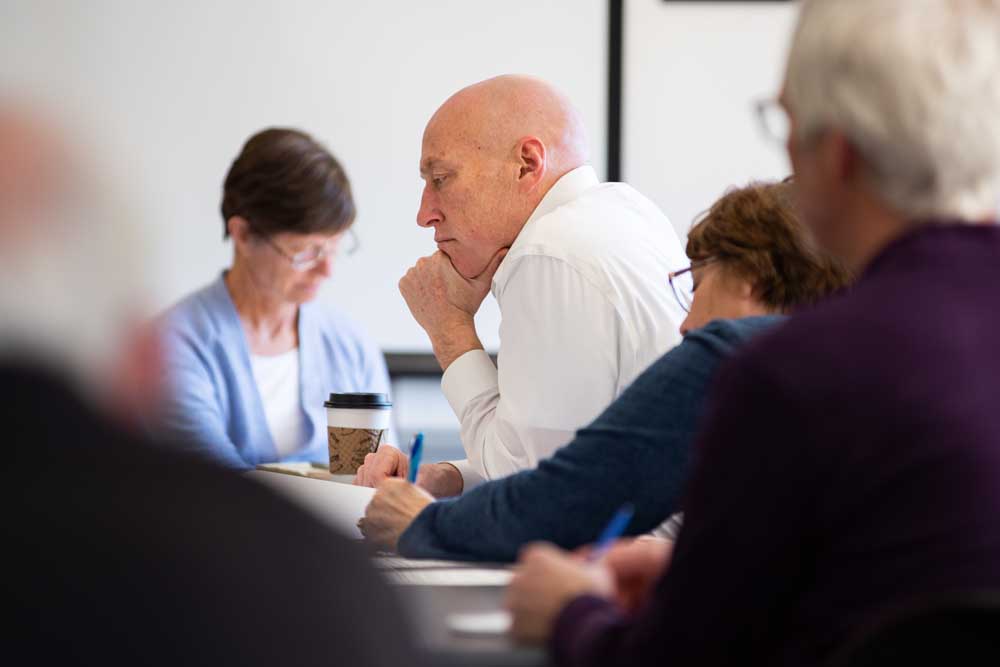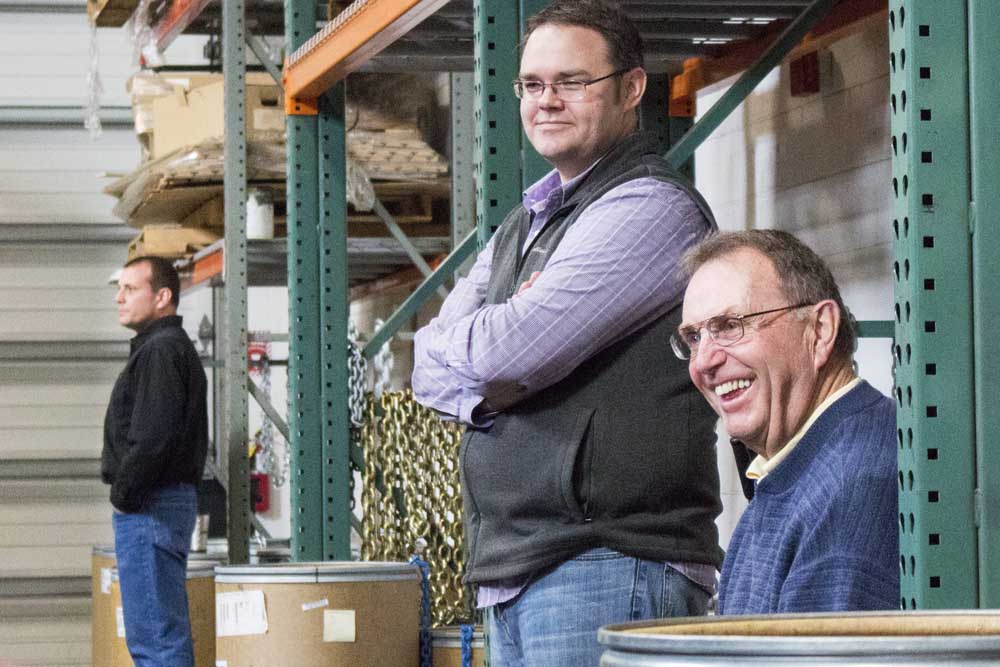SCREEN SCENE: ‘The Passion’ is a life-changing film
Published 4:00 pm Wednesday, March 3, 2004
The screen at the beginning of “The Passion of the Christ” projects these words:
Trending
“But he was wounded for our transgressions, he was bruised for our iniquities: the chastisement of our peace was upon him; and with his stripes we are healed” (Isaiah 53:5, King James Version).
It’s a quiet reminder that, after all the controversy, this is a movie that tells the true story of Jesus Christ, who died to save the world from sin.
AUDIO
Trending
Audio Link8 mb QuickTime File
Hear reporter Helen Warriner talk about the Movie “The Passion”.”The Passion” is a movie of superlatives. It is the most gruesome, the most brutal, the most graphic, the most horrifying.
Yet I believe it is also the most moving, the most amazing, the most heart-wrenching and the most powerful movie ever made. And perhaps one of the reasons it is so controversial is the fact that this movie may dramatically change the lives of those who watch it.
The movie’s script is a composite account of Jesus’ crucifixion from the Bible’s four Gospels, Matthew, Mark, Luke and John. It is designed to provide an authentic representation of Christ’s last 12 hours of life. All of the characters in the film speak in Aramaic and Latin, the languages of the time. English subtitles allow the audience to read what they are saying, which are words straight from the biblical Gospels. The subtitles do not detract in any way from the movie experience.
Director Mel Gibson opens the movie with Jesus’ (Jim Caviezel) spiritual agony in the garden of Gethsemane and his betrayal by a tormented Judas (Luca Lionello). Jesus is condemned by the Jewish high priests and handed to Pontius Pilate (Hristo Naumov Shopov), the Roman governor who is warned by his wife, Claudia, not to condemn Jesus to death. Pilate defers to King Herod, who finds no wrong in Jesus and returns him to Pilate. Pilate asks the crowd to choose between executing Jesus or Barabbas, a murderer and thief. The crowd chooses Jesus and Pilate washes his hands of the matter. Jesus is flogged and beaten, then forced to carry his own wooden cross to the hills outside Jerusalem, where he is crucified. The movie ends with a scene of victory as Jesus rises from the dead and leaves his tomb.
The movie is so graphic that in parts, I had to look away. Jesus’ skin shreds and rips as Roman guards flog him with wooden rods and the metal-laden cat-o’-nine-tails. A crown of thorns is beaten into his head. Nails are horrifically pounded into his hands and feet and blood runs freely down the rough wood of the cross. I wept as I watched, thinking, “Jesus died like this because of me.” And as I heard the gasps and sobs from the audience around me, others may also have felt the complete sacrifice made by Jesus.
Because of its violence, the movie is completely inappropriate for anyone younger than 13 and teens should watch it only with an adult who will be able to answer questions afterward.
The movie is softened by flashbacks from Jesus’ Sermon on the Mount, the Last Supper and his life as a carpenter before his ministry began. Especially moving is a scene where, after Jesus falls under the weight of the cross, his mother Mary (Maia Morgenstern) remembers running to the side of her 3-year-old Jesus after a fall. Mary, along with Mary Magdalene (Monica Bellucci) and the Apostle John (Hristo Jivkov), follows Jesus along every step to his crucifixion. For perhaps the first time on film, viewers are also able to understand some of the gut-wrenching sorrow Mary must have felt watching her son give his life for mankind.
Another interesting aspect of the film is Gibson’s use of Satan. Played by Rosalinda Celentano, the character curiously looks both masculine and feminine. The devil taunts Jesus during his prayers at the garden before his arrest and flits throughout the fuming crowd, which includes High Priest Caiaphas (Mattia Sbragia).
I do not believe that this movie is anti-Semitic. Throughout the entire movie, Gibson makes it clear that Jesus died for everyone because of his or her sin. Through his use of the Gospels, Gibson gives only a straightforward depiction of what I believe is the most important event in the human history of the world.
“The Passion of The Christ”
Rated R for sequences of graphic violence
Starring: James Caviezel, Monica Bellucci, Rosalinda Celentano, Sergio Rubini, Mattia Sbragia









